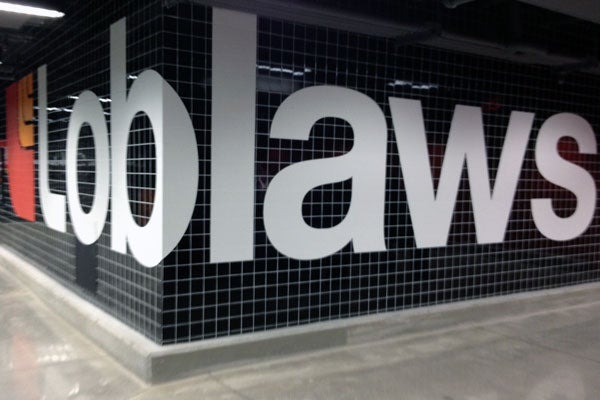
Understanding the deal: Shoppers Drug Mart and Loblaw
Published: July 16, 2013
It's a deal that would join two of Canada's biggest retailers: Canadian supermarket chain, Loblaw Companies Ltd. wants to acquire Shoppers Drug Mart for $12.4 billion in cash and stock.
U of T News asked marketing professor David Soberman from the University of Toronto's Rotman School of Management, to reflect on the deal and what it could mean for the Canadian retail landscape.
We recently saw Sobeys acquire Safeway; and now Loblaws with Shoppers. Are these transactions more beneficial to the acquiring or acquired companies?
The real point here is that the acquired company and the acquirer still exist; that is Shoppers Drug Mart and Loblaws will continue to exist as a stand-alone organization that has a lot of brand equity and notoriety with Canadian consumers. But often times a merger – at least from the perception of the buyer and the seller – can unlock new value that wasn’t possible before when the organizations operated independently.
So is it a win-win for both sides?
It’s hard to tell if it’s a win-win for both sides. Clearly the argument of Loblaw and people from Shoppers Drug Mart is that it will be, because it will unlock efficiencies that will not be there if the firms do not merge. As you know, many Shoppers Drug Marts have substantial grocery/convenience sections in their stores where people can go after-hours to buy various things they need. So there’s a real opportunity there for Loblaw to gain added distribution for its President’s Choice products.
How does this change the retail landscape in Canada?
One of things it does do is create a greater degree of concentration. The only caveat I would suggest – to contrast with the Sobeys-Safeway deal – is that these are deals between firms that operate in quite different sectors (groceries vs. pharmaceuticals). While we sometimes worry about excessive market power, generally when organizations are operating in different sectors, the degree to which a merger can create less competition is much more limited.
What does this mean for consumers?
Shoppers Drug Mart will continue to operate in very much the way it has before, in the sense that their Optimum program and Life brand will continue. Similarly in Loblaws, they will continue pursuing their strategies with quality prevalent private label products under the President’s Choice brand.
What we’re seeing now is that the things we eat and the way we eat them can actually have a big effect on your health. In that regard, both brands have a similar objective. And there you may see some opportunities for synergy between Shoppers Drug Mart and Loblaw because these were always perceived as very different sectors. This might offer opportunities for the combined organizations to do something in the future that are quite creative
What will regulators (the Competition Bureau) need to look at before this deal goes through?
One of things they’ll need to look at is the degree to which these firms compete with each other. If you have a merger between two firms, but they don’t compete with each other, then it really doesn’t affect or reduce competition in any significant way. For the most part people go to Shoppers Drug Mart or Loblaw with different shopping experiences in mind, so the degree to which there’s overlap would seem to need to be quite limited. This would then suggest that the Competition Bureau would have little concern.
Why is Loblaw paying such a significant premium (27 per cent) for Shoppers?
One reason is that Shoppers is a very well respected brand. It’s got a very strong equity with Canadian consumers, and for that reason it’s very attractive.
Secondly, Shoppers Drug Mart has actually demonstrated the ability to be very innovative with the sorts of things that it does. They are very real pioneers in terms of developing higher quality private label products that you see in the healthcare and beauty and household categories. Furthermore, their Optimum Program has gained real traction with Canadian consumers and people wait for the days when they can get double or triple points.
That sort of loyalty and commitment is something which is worth money – it may not be reflected in the stock price, but it’s reflected in the acquisition price.
Are we seeing a general trend towards stores which don’t just sell one product?
Absolutely, what you see is the traditional categories breaking down. Traditionally people went to Loblaws for groceries. But the first thing we saw was the addition of pharmacies in the store where you can get prescriptions filled and buy healthcare products. And now they’ve got even one step further, when you start thinking about them as major retailers of clothing, with Joe Fresh.
The biggest challenge for the retailer is trying to get a shopper in your store, and once the shopper is in the store they may have multiple needs. If you can figure out what those needs are, you have the opportunity to increase the size of the shopping basket and this could generate a lot of value for the retailer in question.



